Learn how to optimize refrigerated transport for freshness and cost savings
In the world of perishable goods—from pharmaceuticals to fresh produce—cold chain logistics is the backbone of quality and safety. Any lapse in temperature control can lead to spoiled products, compliance issues, and financial losses. Whether you’re a logistics manager, fleet operator, or supply chain coordinator, mastering cold chain efficiency is key to preserving product integrity while cutting costs.
Here are the top five tips to help you streamline your cold chain logistics process:
1. Invest in the Right Refrigerated Equipment
The foundation of cold chain success starts with the right vehicles and refrigeration units. Choose equipment suited to the nature of your cargo—frozen, chilled, or multi-temperature loads. Look for:
GPS tracking with temperature monitoring
Smart alarms for temperature deviations
Energy-efficient cooling systems
Pro Tip: Regular maintenance prevents unexpected breakdowns and ensures consistent cooling performance.
2. Implement Real-Time Temperature Monitoring
Technology plays a critical role in maintaining product integrity. Using IoT-based temperature tracking gives real-time visibility into the cargo environment. This allows for:
Immediate alerts on temperature breaches
Quick decision-making to prevent spoilage
Detailed compliance reporting for audits
Cost-saving edge: Preventing even one major spoilage incident can offset the cost of monitoring tools.
3. Optimize Route Planning
Efficient route planning reduces both delivery time and fuel usage—two major cost factors in cold chain logistics. Use AI-driven routing software that considers:
Traffic patterns and weather conditions
Delivery windows and warehouse availability
Cold storage requirements at drop-off points
Bonus benefit: Faster routes = less time your refrigeration units need to run = lower fuel and maintenance costs.
4. Train Staff on Cold Chain Best Practices
Even the best systems can fail if not properly used. Regular training for drivers and warehouse staff ensures everyone understands:
Correct loading and unloading procedures
Handling of temperature-sensitive cargo
Emergency protocols for equipment failures
Why it matters: Human error accounts for a significant portion of cold chain failures. Training minimizes risk.
5. Maintain Comprehensive Documentation
Compliance and traceability are crucial in cold chain logistics—especially in sectors like food and pharma. Use digital tools to document:
Temperature logs
Vehicle sanitization records
Delivery confirmations and chain-of-custody data
Compliance tip: Detailed records help meet regulatory standards and protect your business in case of disputes.
Final Thoughts
Efficient cold chain logistics isn’t just about keeping things cold—it’s about maintaining control, visibility, and reliability from start to finish. By investing in technology, training your team, and refining your processes, you can deliver fresher products, reduce waste, and improve profitability.
Looking to upgrade your cold chain operations? Start with these five tips and watch your supply chain run smoother and smarter.
Recent Post
As we navigate through 2025, the United Arab Emirates continues to cement its position as the Middle East’s logistics powerhouse.
The UAE’s rapid economic growth has created unprecedented demand for temperature-controlled logistics solutions. As businesses expand across the Emirates, maintaining
The UAE’s rapid economic growth has created unprecedented demand for temperature-controlled logistics solutions. As businesses expand across the Emirates, maintaining
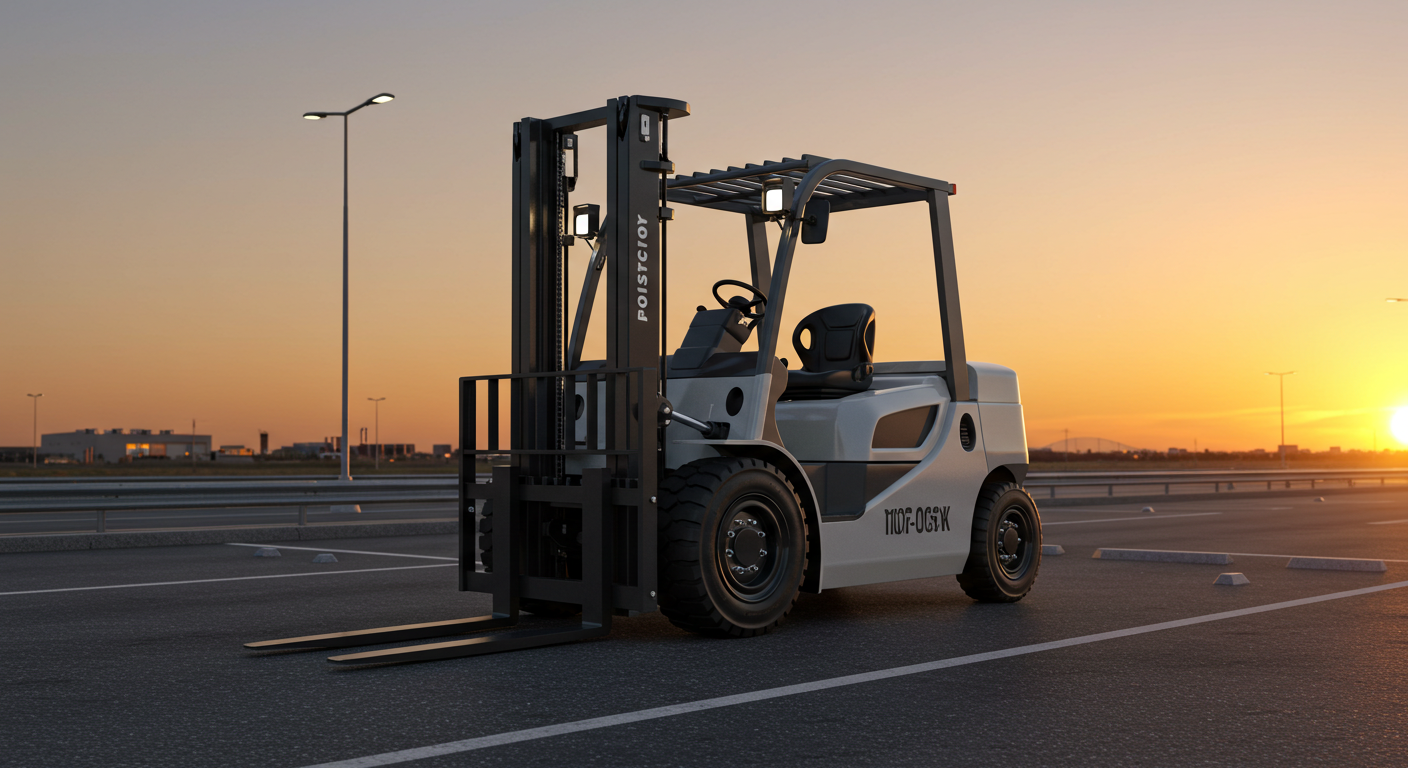
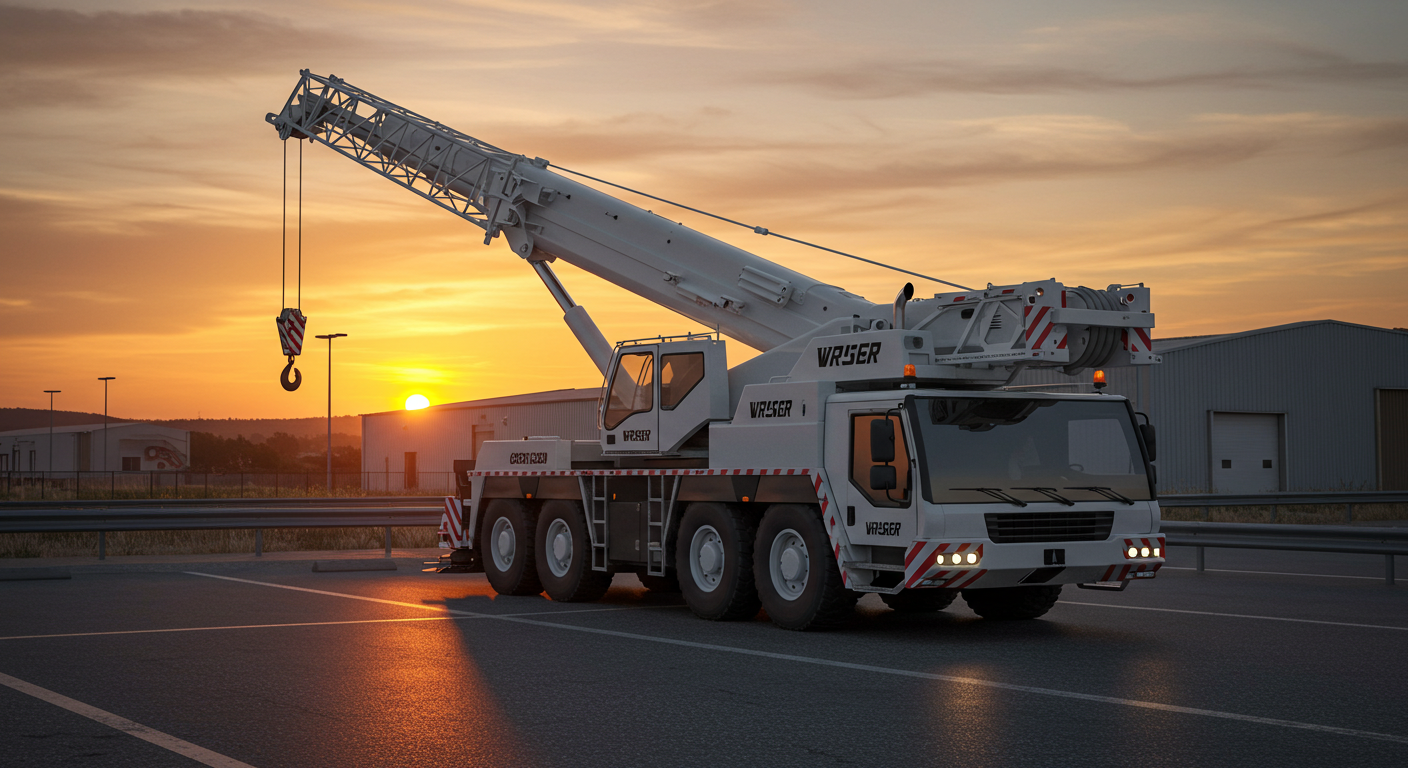
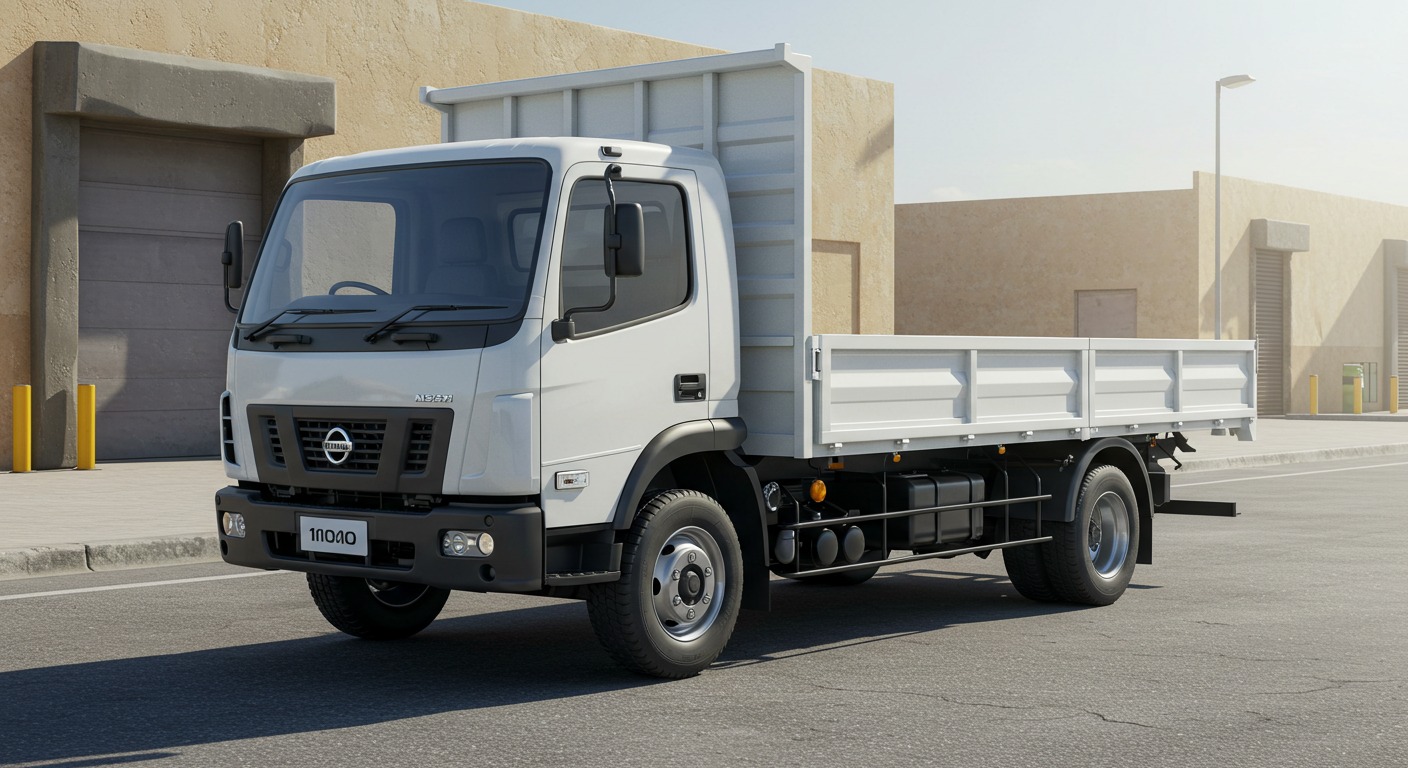



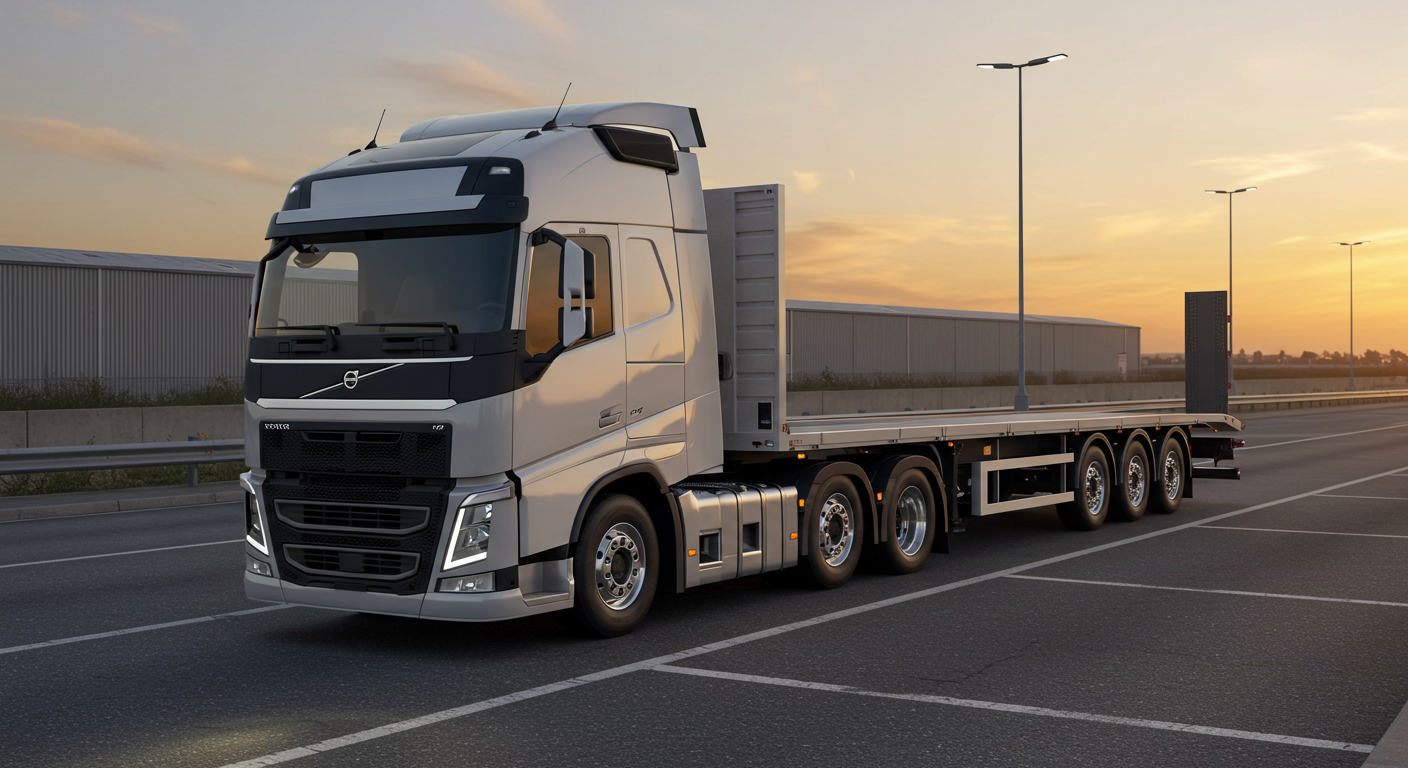

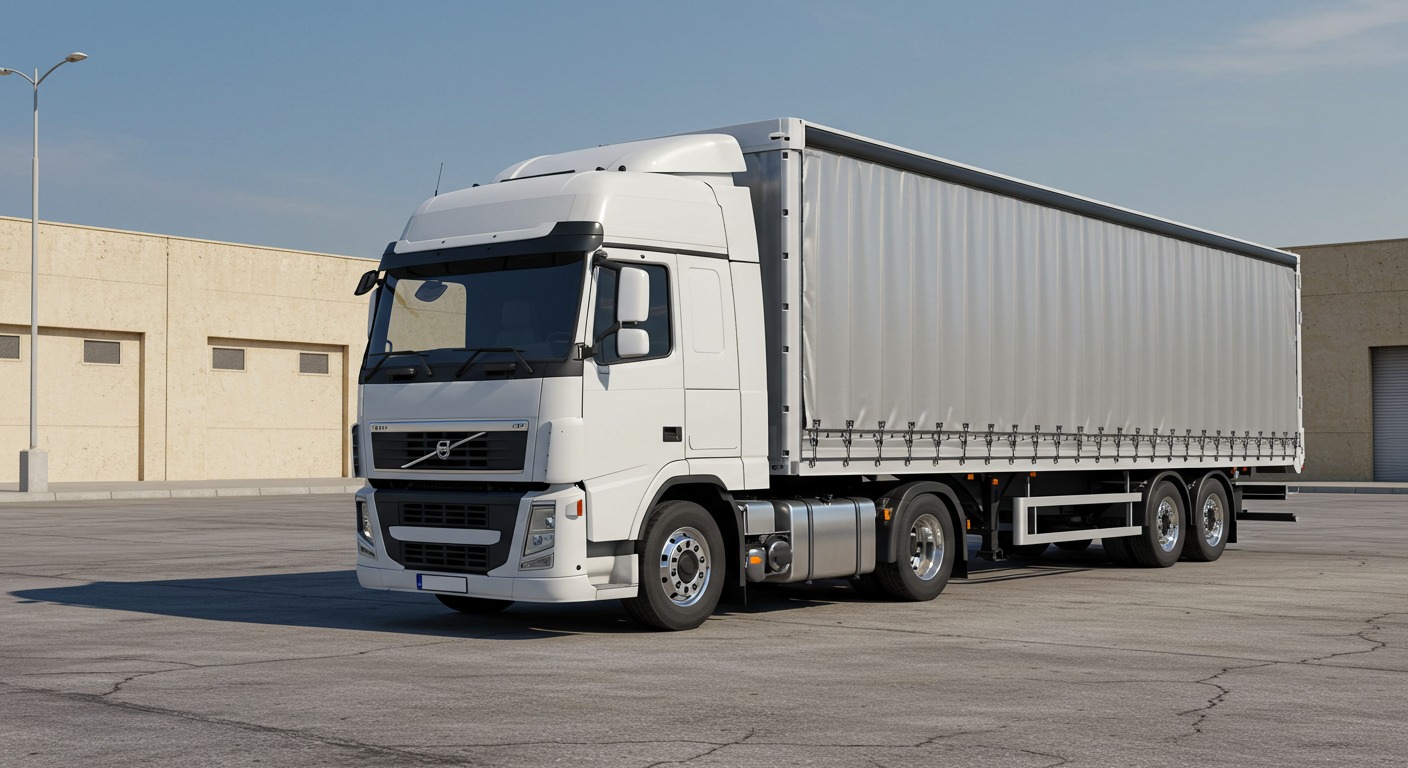
Connect With Us
- Call Us
- Email Us
- Visit Us

